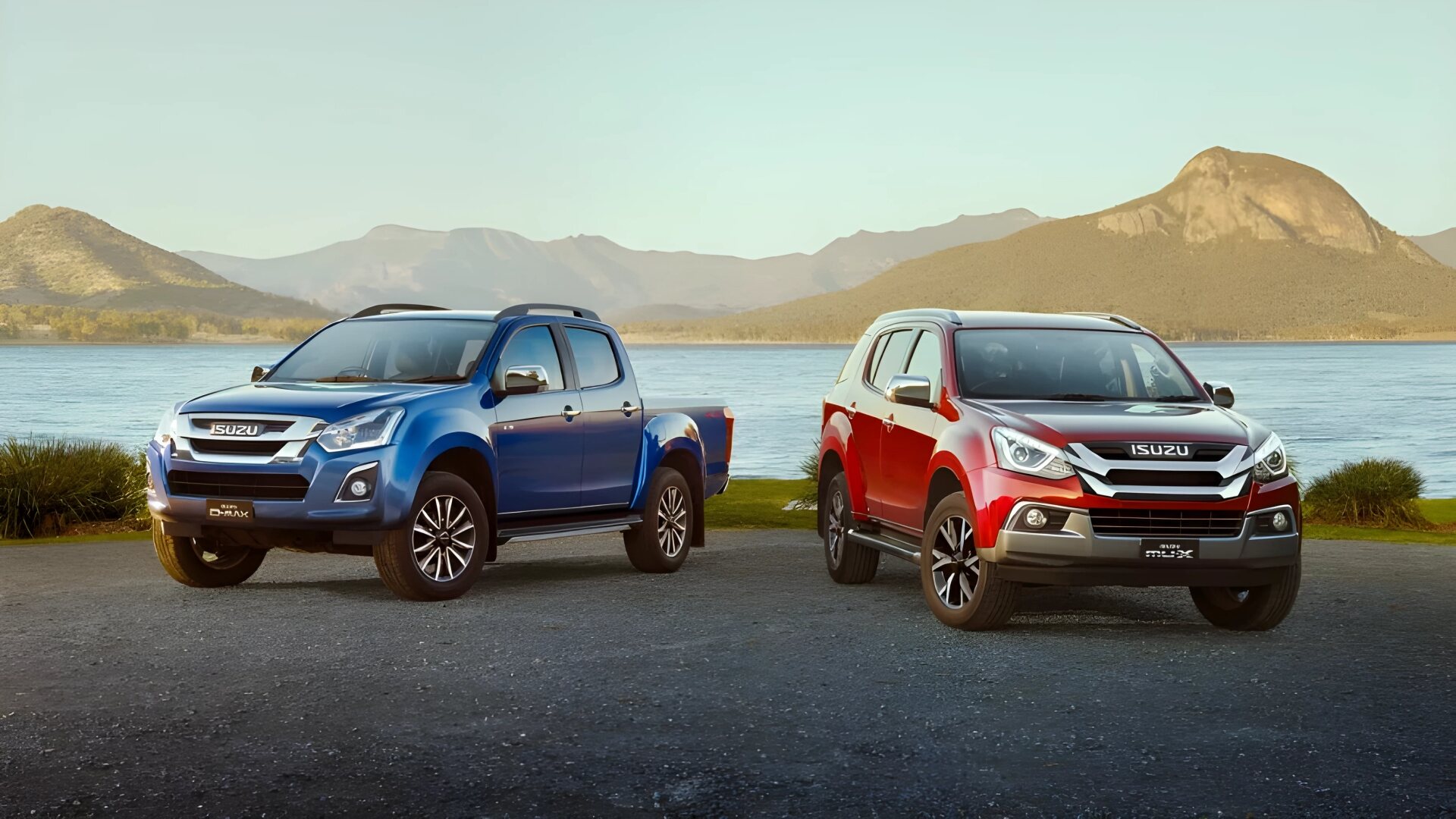When it comes to buying a used ute, the decision can either lead to years of dependable service or constant trips to the mechanic. Utes are often bought for their toughness and ability to handle both work and recreational tasks, but not all of them live up to that expectation.
Some are hyped by flashy advertising and sleek appearances, only to fall short after a few years on the road. Others are overlooked by buyers because they don’t carry the brand prestige or design appeal, yet they continue to operate with minimal fuss long after their competition has started to break down. The difference often comes down to real-world performance rather than marketing promises.
Used ute buyers usually want something simple: a vehicle that starts when it should, works when it needs to, and doesn’t empty the wallet every time it visits a workshop. Unfortunately, not all utes are created equal in this regard.
Some models, despite being bestsellers, struggle with long-term reliability due to poor engineering decisions, complicated electronics, or weak components that weren’t built to last.
These issues might not be obvious during the first few years, especially if the vehicle is still under warranty, but they tend to show up just as that safety net disappears.
On the other hand, there are utes out there that have proven themselves through sheer consistency. These are the ones often bought by people who work in tough conditions, such as farmers, tradies, and remote area workers.
They might not have the most comfortable ride or the latest tech, but they get the job done every day without complaints. These vehicles usually don’t get a lot of attention in glossy car reviews, but they have loyal owners who will gladly recommend them to anyone looking for a dependable workhorse.
This article compares two important groups of utes in the used vehicle market: five undervalued models that continue to deliver solid, long-term performance, and five popular models that tend to let owners down earlier than expected.
The focus is on real-world reliability, maintenance costs, durability under stress, and how well these vehicles hold up after years of use. While no vehicle is completely free from problems, some are far better at aging gracefully than others. Knowing which ones fall into each category can save you thousands of dollars and a lot of frustration.
We’re not just looking at reputation, we’re looking at results. Which utes stay reliable after ten years? Which ones are still running strong after hundreds of thousands of kilometres?
And which ones seem to fall apart just as you start relying on them? If you’re in the market for a secondhand ute, the answers to those questions matter far more than brand loyalty or the shape of a grille. The following breakdown offers a clear view of which used utes you can trust, and which ones you might want to think twice about before buying.
Also Read: 5 Pickups With Factory Sealed Transmissions That Never Fail and 5 That do
Undervalued Used Utes That Last
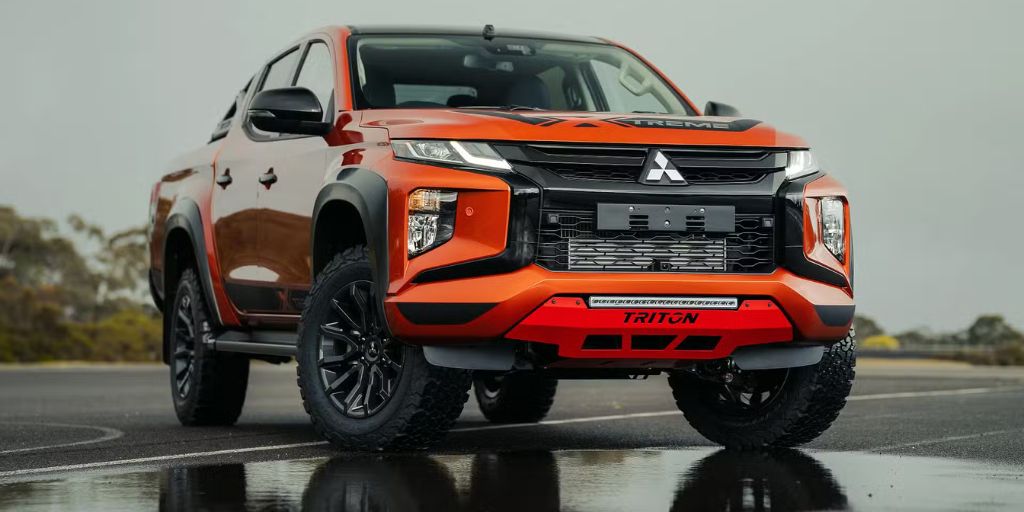
1. Mitsubishi Triton (Pre-2015 Models)
The pre-2015 Mitsubishi Triton is often overlooked in favour of its more “refined” competitors, but that’s exactly what makes it such a hidden gem. These models offer one of the best balances of affordability, reliability, and off-road ability.
The diesel engines, especially the 2.5L turbocharged units, are known to run well past 300,000 kilometres with regular servicing. While newer Tritons get more attention, these older models tend to hold up better over time because they were built before cost-cutting measures started creeping into design.
A major strength of the Triton is its simplicity. Fewer electronics mean fewer things to go wrong. The drivetrain is solid, with a proven 4WD system that rarely gives trouble.
Parts are widely available and relatively cheap compared to its competitors. Even the cabin, while basic, resists wear better than some higher-end utes from the same era. Seats stay firm, buttons don’t fall off, and the interior plastics aren’t as prone to cracking under harsh sunlight.
Owners often report excellent fuel economy for the size and class of vehicle, particularly in the manual variants.
Even with a tray full of gear or towing moderate loads, the Triton doesn’t struggle. Maintenance is usually straightforward, and mechanics often appreciate how accessible major components are under the bonnet. It might not be flashy, but it’s a tool you can rely on, which is what most ute buyers need.
The resale value isn’t as strong as some rivals, but that’s a good thing for secondhand buyers. You’re often getting more ute for your money, with fewer kilometres and less abuse, just because the badge doesn’t carry as much prestige. For tradesmen, rural workers, or families looking for a rugged weekend vehicle, the pre-2015 Triton offers genuine long-term value.
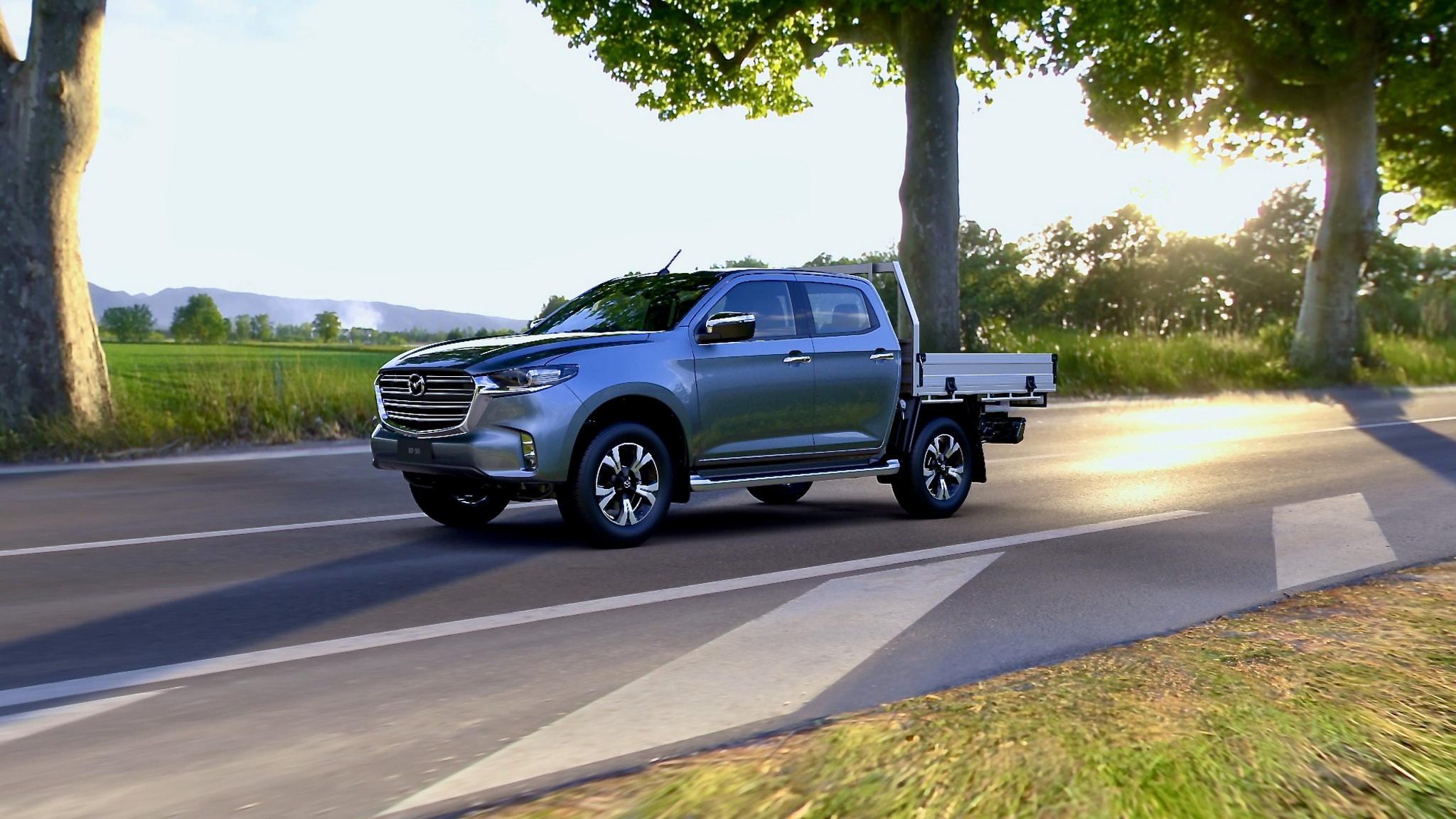
2. Mazda BT-50 (2011–2015 Models)
The 2011–2015 Mazda BT-50 is often passed over due to its unusual styling and overshadowing by the Ford Ranger, with which it shares a platform. But beneath the surface, this generation of the BT-50 is a robust, dependable vehicle that stands the test of time.
It features the same 3.2L five-cylinder diesel engine found in the Ranger, which is known for its torque and durability. Unlike some other utes in its class, the BT-50 rarely suffers from drivetrain issues when properly maintained.
One of the biggest advantages the BT-50 has is its mechanical similarity to the Ranger while avoiding some of its electronic gremlins.
Many of the problems that plague the Ranger, particularly with its infotainment and certain sensors, don’t seem to affect the BT-50 to the same degree. Owners report fewer check-engine lights, fewer trips to the dealership, and a more consistent driving experience even after a decade of use.
The interior, while not luxurious, holds up remarkably well. Fabric seats don’t tear easily, switches remain tactile, and the dash doesn’t warp or fade.
The rear seats are also more comfortable than you’d expect in a dual cab ute from that era. Ride quality is firm but manageable, and towing capacity is strong, making it a practical choice for both work and leisure.
Market prices for these used BT-50s are usually lower than the equivalent Ranger, despite sharing much of the same hardware. That gap in resale is a benefit for anyone looking for long-term reliability without paying the Ford tax. If you’re after a dependable ute with serious capability, the BT-50 deserves a closer look than it usually gets.

3. Isuzu D-Max (2008–2012 Models)
The early-generation Isuzu D-Max doesn’t have the flashy looks or plush interiors of some competitors, but it has earned a rock-solid reputation for reliability.
Powered by the 3.0L 4JJ1 diesel engine, this ute is almost legendary in Australia and other markets for going the distance with minimal drama. These engines are built to last, with robust internals, simple electronics, and cooling systems that handle heavy loads and high temperatures with ease.
Owners who’ve used these D-Max models for work in mines, farms, and harsh environments often report 400,000+ kilometres on the odometer with just routine servicing.
That kind of longevity speaks volumes. While it lacks modern safety features and infotainment options, it makes up for it by being extremely dependable and cheap to maintain. You won’t be constantly replacing sensors, control modules, or digital displays.
The body construction also deserves a mention. The steel used in this generation is thick, and corrosion resistance is better than some more expensive models.
You’ll still need to check for rust in known spots like wheel arches and door seals, but, these utes resist abuse well. Suspension components are simple, and the chassis handles off-road work without twisting or cracking.
The cabin is functional rather than comfortable, but again, that’s not a downside if your goal is long-term utility. Simple rotary dials, physical buttons, and analog gauges all do their job without fail. If you want a ute that’s less about image and more about performance, the early D-Max is an honest machine that gets the job done year after year.
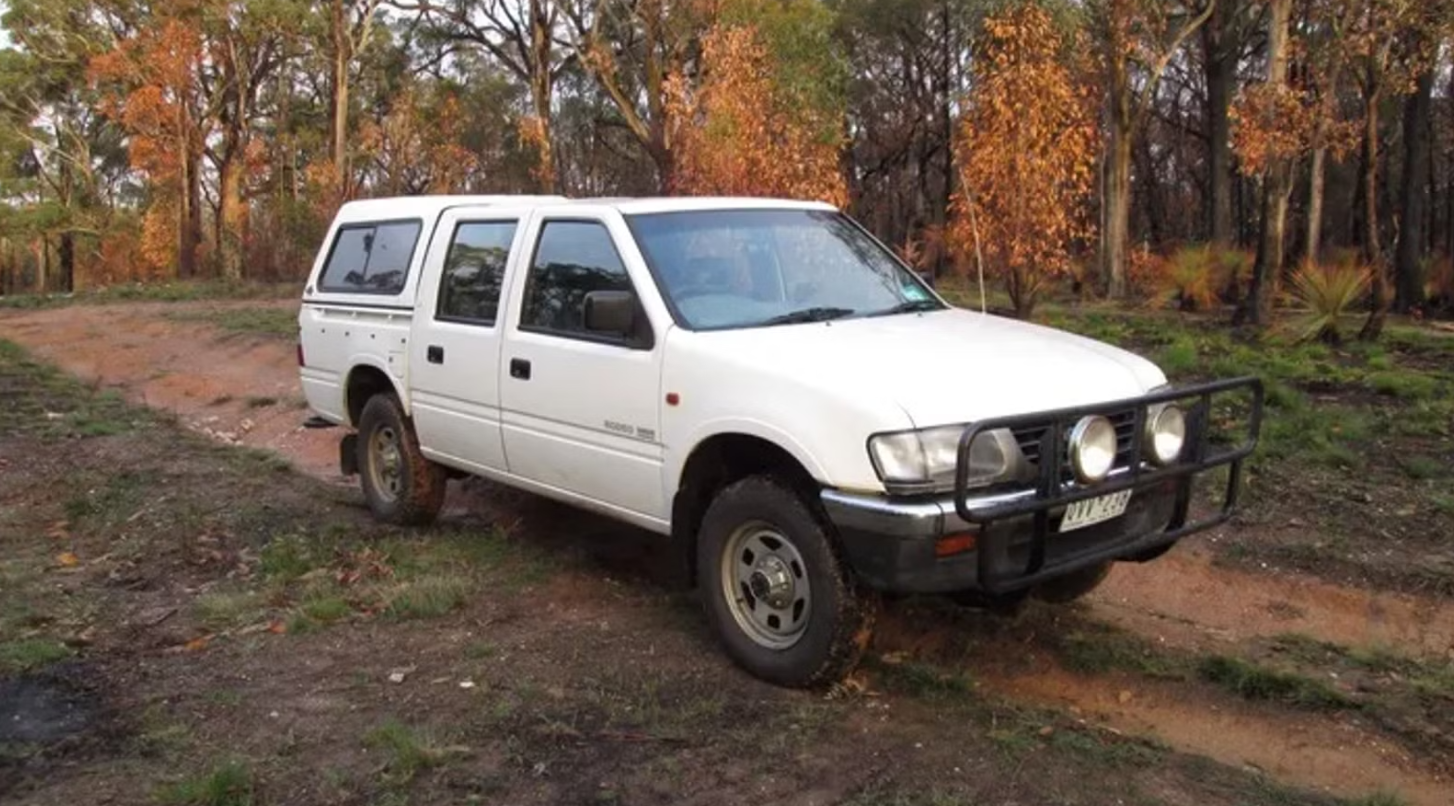
4. Holden Rodeo (2003–2007 Models)
Before Holden utes disappeared from showrooms, the Rodeo served as a staple for trades and rural work across the country. The 2003–2007 models, particularly those with the 3.0L diesel engine, are a standout in terms of rugged reliability.
Built on Isuzu platforms, they carry over the same engineering strengths as the early D-Max, durability, simplicity, and a focus on function over form.
These Rodeos can be found at relatively low prices on the secondhand market, yet they still perform tasks that newer utes struggle with.
The suspension setup handles rough terrain without issue, and the engine is known to start every morning even after years of hard use. Fuel consumption is reasonable, parts are easy to source, and many mechanics are familiar with the common wear points.
Another positive is the minimal use of fragile electronics. There’s no complicated infotainment, no automatic climate control to fail, and no electrically operated seats to jam.
Everything is manual, straightforward, and designed to take abuse. Even the four-wheel-drive system is operated by a lever rather than a button, which gives you better control and less to worry about if you’re off-grid.
Interior comfort is basic, but not uncomfortable. Air conditioning, manual windows, and a basic stereo are all you really need when you’re focused on reliability. The Rodeo’s boxy tray makes it easy to load, and the towing capacity is more than enough for medium to large trailers. It may not be the prettiest ute in the yard, but it’s one of the toughest.
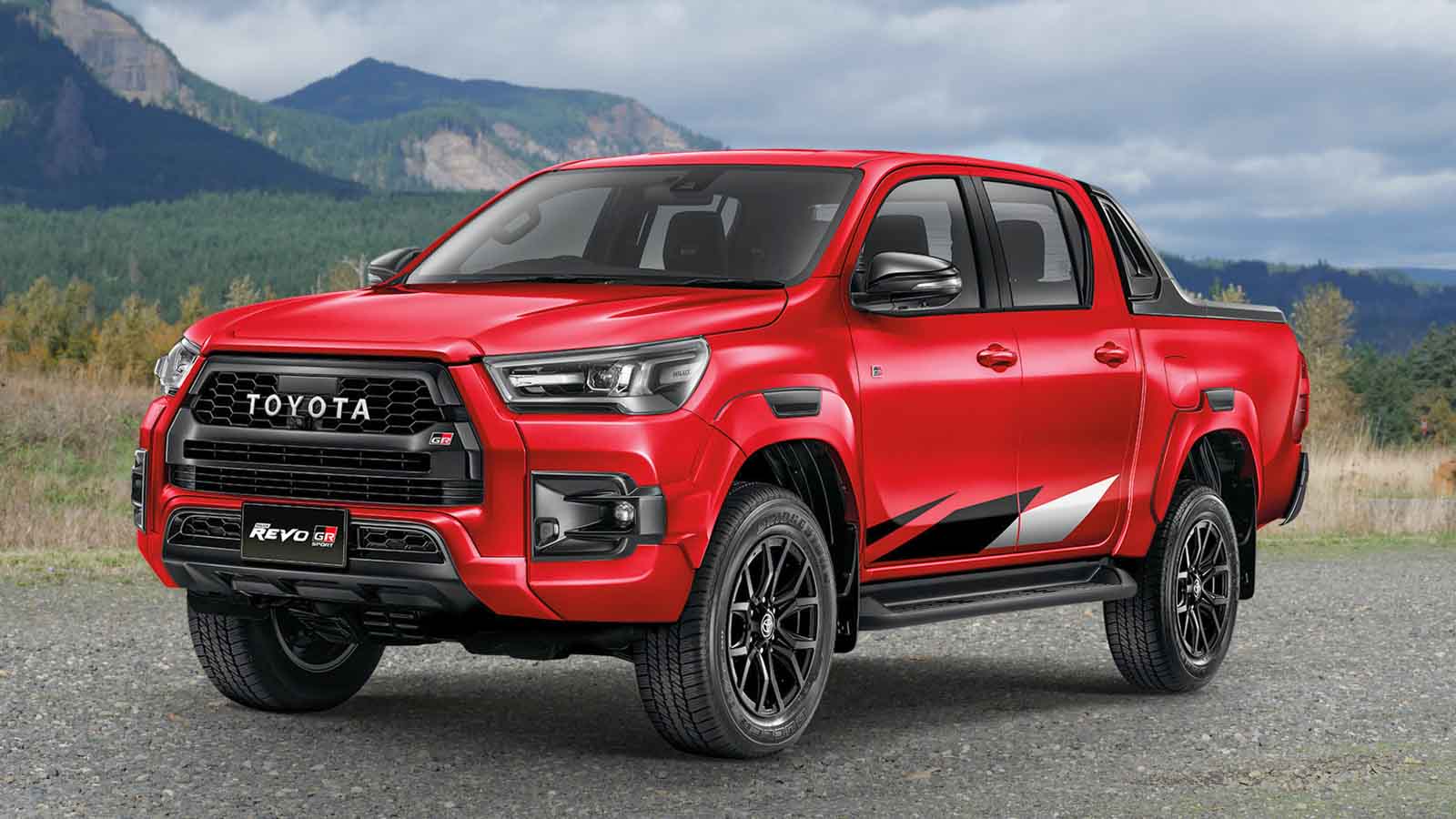
5. Toyota Hilux (Pre-2005 Models)
It’s hard to call the Hilux “underrated,” but the pre-2005 models often don’t get the attention they deserve compared to their newer siblings. Before Toyota started adding more electronics and luxury touches, the Hilux was a true bare-bones workhorse.
These earlier models, particularly those with the 3.0L diesel engines, have built a reputation for going almost anywhere and never stopping. They may lack the polish of newer models, but that’s exactly why they hold up so well.
Mechanical simplicity is the name of the game here. No electronic throttle control, no turbo lag from complex twin-scroll setups, and minimal reliance on sensors. These utes can be fixed with basic tools, and they rarely need anything more than oil, filters, and tyres. Even in areas with poor roads or extreme weather, the Hilux just keeps going.
You often see these vehicles still in active use in rural and outback settings. That’s not a coincidence. They were built with thick gauge steel, solid axles, and drivetrains that can handle abuse. Spare parts are cheap, and aftermarket support is extensive, making it easy to keep one of these utes running for decades.
The downside is that you’re not going to win any comfort contests. Interiors are spartan, ride quality is stiff, and you won’t get fancy displays or cameras. But what you do get is a ute that works for its living and rarely lets you down. For someone who values strength over style, the early Hilux remains a top-tier choice.
Popular Utes That Fail Early

1. Ford Ranger (2016–2021 Models)
The Ford Ranger from 2016 to 2021 was one of the top-selling utes during its production run, thanks in large part to aggressive marketing and its bold styling. On paper, it offered a compelling package: powerful diesel engines, advanced safety tech, and a modern interior.
However, ownership experience has revealed significant reliability concerns, particularly as these vehicles move past the 100,000 km mark. The 3.2L five-cylinder engine, while torquey and strong in theory, has shown a pattern of issues with the EGR system, oil pump failures, and injector problems that can lead to expensive repairs.
One of the most frustrating aspects for owners is the vehicle’s dependence on electronic systems. Many of the problems in these Rangers aren’t mechanical in nature but electronic.
Sensors tend to go out frequently, especially in earlier versions, and the infotainment system is known for freezing, crashing, or failing entirely.
Even seemingly unrelated systems like the electric power steering or adaptive cruise control have left some owners stranded. Once the warranty ends, the repair bills for these high-tech features can mount quickly.
The automatic transmission in these models is another weak point. Gear hunting, delayed shifts, and premature failure have all been reported. Ford has issued several software updates and technical service bulletins, but these fixes often only delay the problem rather than resolve it permanently.
For those buying secondhand, it’s not uncommon to find these Rangers with a long list of replaced components or evidence of major repair work that happened surprisingly early in the vehicle’s life.
While the Ranger still has its defenders, especially among those who sell them new, many mechanics are cautious about recommending these models to customers looking for long-term reliability.
Parts aren’t always cheap, and the complexity of the electronics means diagnosing problems can be time-consuming and costly. For all the initial promise, the Ranger of this era is too often a disappointment once it’s out of warranty and into real-world use.
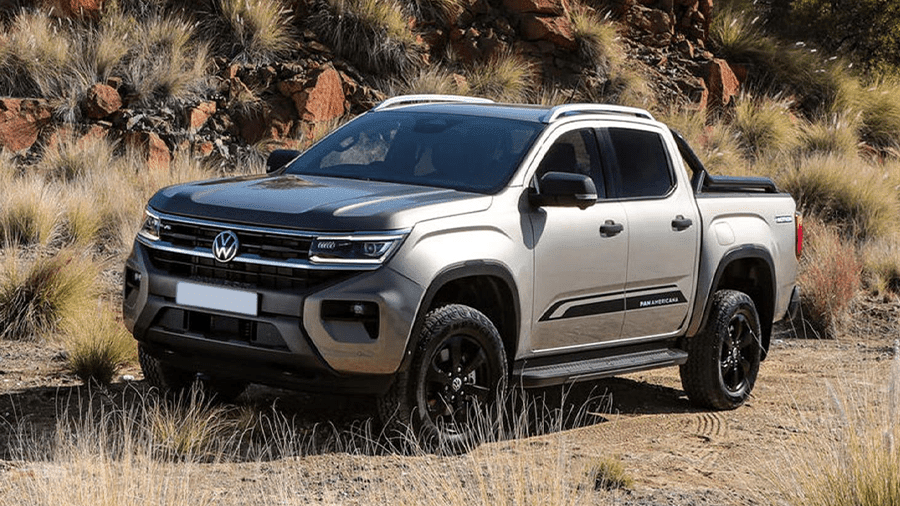
2. Volkswagen Amarok (2011–2018 Models)
The Volkswagen Amarok made a big impression when it entered the ute market. It promised European refinement, car-like comfort, and strong diesel performance.
While it delivered on some of those promises in the early years of ownership, the long-term story hasn’t been so kind. The biggest issue facing the Amarok is its complexity. Even base models are loaded with sensors, modules, and software dependencies that begin to wear down or glitch with age, especially as they approach the 150,000 km mark.
One recurring issue is the automatic transmission, especially the 8-speed ZF in the 2.0L BiTDI models. Though praised initially for smooth shifting and performance, it has not proven to be as durable in long-term usage.
Owners have reported jerking between gears, delayed engagement, and even total failures well before they expected. Manual versions have held up better, but even those aren’t immune to flywheel and clutch problems when used for heavy towing.
Beyond the drivetrain, the Amarok is plagued with electrical issues. Central locking malfunctions, disappearing digital displays, and phantom check-engine lights are common complaints.
The cost of diagnosing and repairing these faults is often high because many independent workshops don’t have the specialised tools needed for proper diagnostics. That means a trip to the dealership, and usually a large bill.
Add to that the cost and availability of parts, and the Amarok becomes a very expensive ute to keep on the road once it leaves warranty.
While it may still be a comfortable daily driver for some, those looking for a rugged, low-maintenance work ute should be wary. The European finesse that drew buyers in has also made it a complicated and temperamental vehicle once it starts to age.
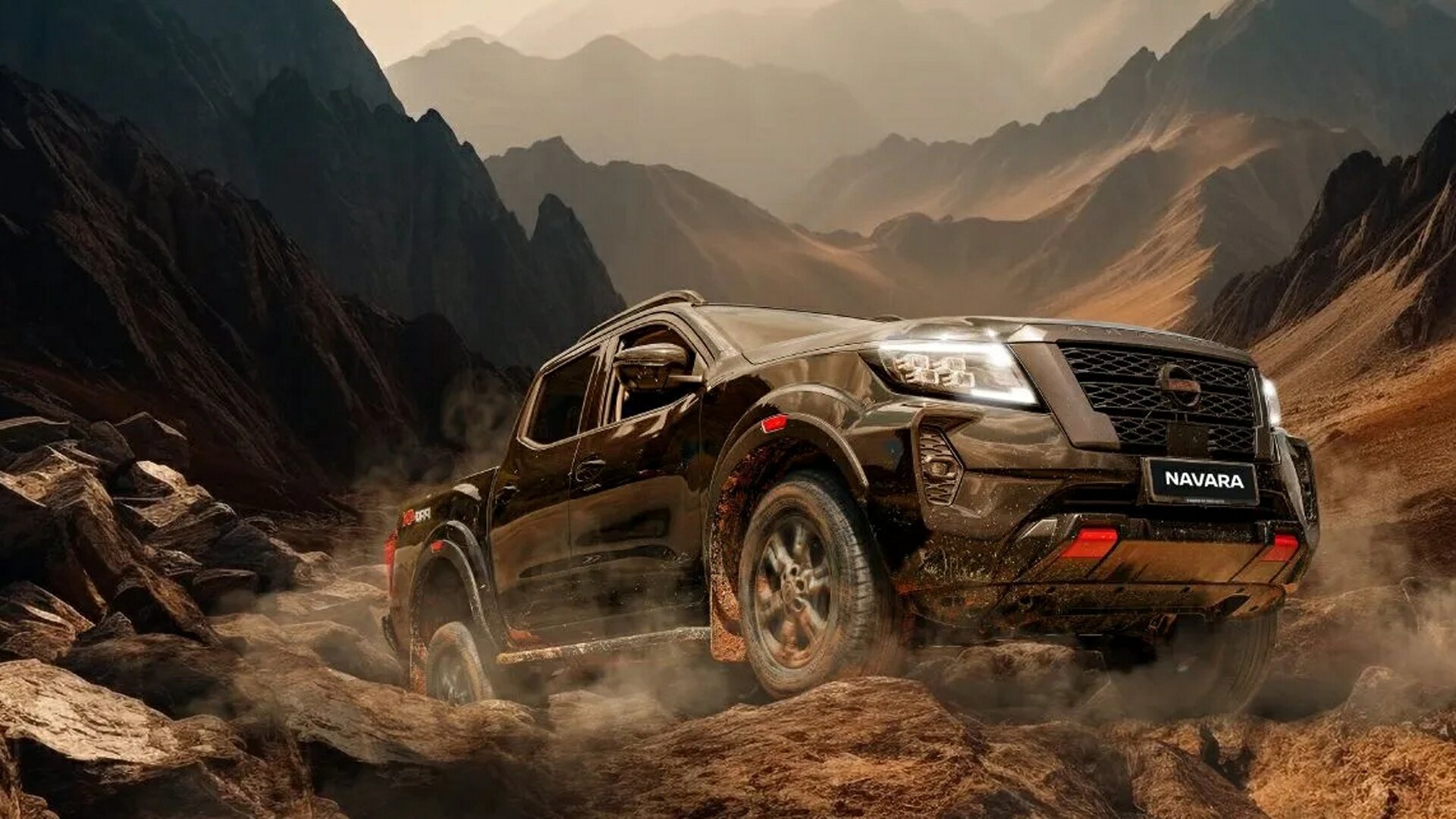
3. Nissan Navara NP300 (2015–2019 Models)
When the NP300 Navara was launched in 2015, Nissan heavily promoted its multi-link rear suspension and fuel-efficient diesel engines. The ute looked modern and featured good interior quality, drawing in buyers looking for both work-ready and family-friendly options.
However, time has shown that this generation of Navara is riddled with flaws that severely hurt its long-term viability. The main issue lies in its rear suspension system, which, while comfortable on-road, has proven inadequate under load.
Many owners experienced severe sagging in the rear under even modest weight. For a vehicle marketed toward tradies and those towing or carrying loads, that’s a major problem.
The multi-link system was designed for ride comfort, but it sacrifices durability and performance when the ute is used the way a ute should be used. Nissan later updated the suspension setup, but by then, the damage was done in terms of reputation and real-world performance.
The engines, particularly the 2.3L twin-turbo diesel, have also been a point of concern. Turbocharger failures are not uncommon, and injector issues have been reported frequently.
Heat management seems to be a weak point, especially when towing uphill or driving in hot environments. Once problems begin to appear, they rarely occur in isolation. Cooling system faults, EGR valve failures, and emissions sensor problems tend to come in groups, compounding repair costs.
Interior features have also aged poorly. Touchscreens freeze or stop working, seat fabric wears faster than expected, and trim plastics crack or rattle.
Nissan improved the design in later revisions, but for anyone considering a used NP300 from this period, it’s important to understand that ongoing costs and frustrations are likely unless the vehicle has been extremely well maintained and upgraded.
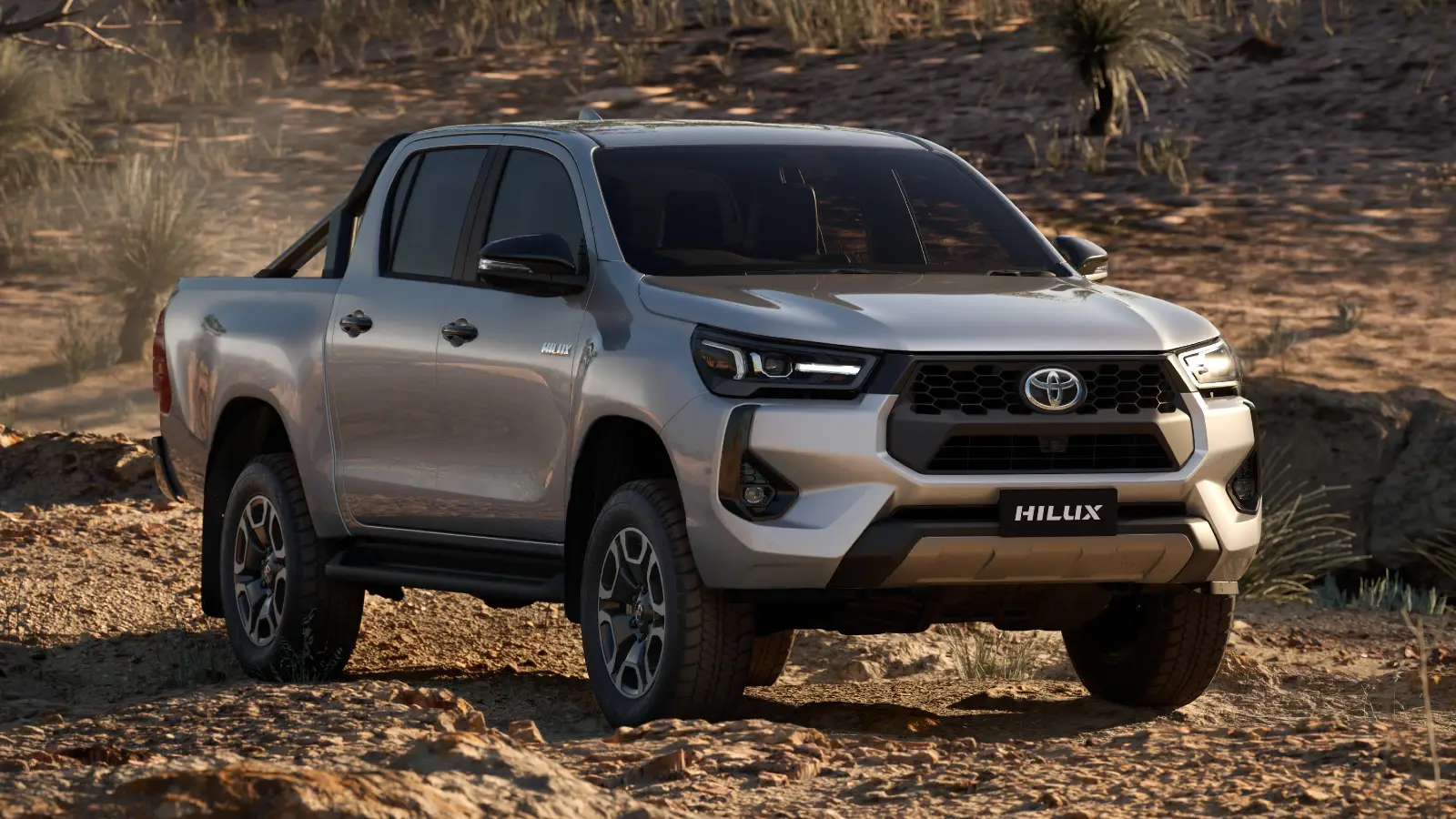
4. Toyota Hilux (2016–2020 Models)
This one may surprise some, given the long-standing reputation of the Hilux. But the 2016–2020 generation had a string of problems that have impacted its reputation among mechanics and secondhand buyers alike.
These issues are not mechanical catastrophes in the traditional sense, but they accumulate in ways that can frustrate owners and lead to higher-than-expected maintenance costs. Chief among them is the underwhelming performance and reliability of the 2.8L diesel engine, particularly in its earlier tuning.
Many buyers noticed right away that these Hilux models lacked the grunt expected of them. More troubling were the DPF (Diesel Particulate Filter) issues that began appearing almost immediately after release.
The vehicle’s regeneration cycle often failed to kick in properly, especially for city drivers or those using the ute on shorter trips. This would cause the engine to go into limp mode, triggering warning lights and, in some cases, necessitating costly dealership visits.
Aside from DPF issues, the auto transmission has not impressed. Gear shifts can be erratic, and some units show signs of excessive wear well before the 150,000 km mark.
Combine this with a relatively stiff ride and cabin quality that’s a noticeable step down from earlier models, and you have a ute that doesn’t quite live up to its badge. Owners expecting “old Hilux” toughness and simplicity were often disappointed.
While Toyota has made improvements in later versions and continues to offer excellent support, these particular model years should be approached with caution.
They’re not unreliable in the catastrophic sense, but they are overvalued for what they offer. And when compared to the near-bulletproof earlier models, the 2016–2020 Hilux feels like a step in the wrong direction for long-term buyers.
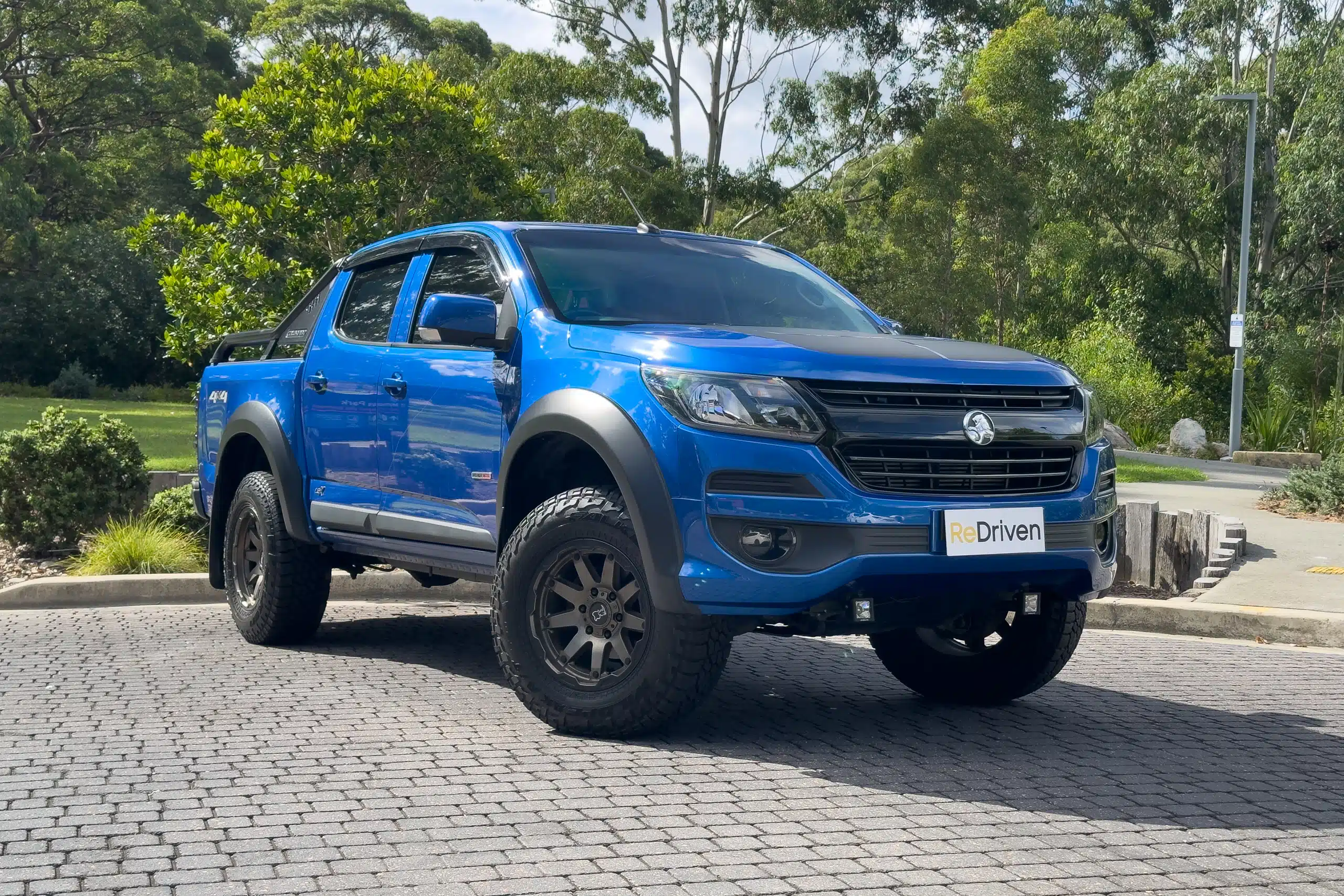
5. Holden Colorado (2012–2016 Models)
The Holden Colorado from 2012 to 2016 had a strong market presence and delivered solid sales numbers for Holden, but those figures hide a growing list of complaints from long-term owners. The 2.8L Duramax diesel engine looked promising at launch, offering a good mix of power and fuel economy.
However, in practice, this engine has been plagued by injector issues, EGR clogging, and frequent turbo lag. Many owners have also reported rough idle, inconsistent throttle response, and loss of power under load, symptoms that often require costly diagnostics.
Beyond the engine, the six-speed automatic transmission is a weak point. It tends to overheat, particularly when towing heavy loads or driving in high-temperature environments.
Some drivers have reported early transmission replacements, which is a significant red flag for anyone buying secondhand. The clutch in manual models isn’t much better, early wear is common, especially for those using their utes in demanding work environments.
The electronics are also a trouble spot. The central infotainment system often fails after a few years, and sensors for everything from tire pressure to emissions control can begin acting up.
Wiring harness issues aren’t unheard of either, and these electrical gremlins can be very difficult to trace. As Holden’s service network has shrunk, so too has the availability of qualified support for resolving these more complex issues.
Interior build quality is average at best. Rattles begin to appear early, especially in dual cab models, and seat wear is noticeable even in low-mileage examples.
While the Colorado may be priced attractively on the secondhand market, prospective buyers need to be cautious. Unless you’re getting a low-mileage example with a full service history and a good warranty, the hidden costs can outweigh the initial savings.
Also Read: 5 Pickups With Factory Sealed Transmissions That Never Fail and 5 That do
Making the right choice in the used ute market is not just about ticking boxes on a spec sheet. It’s about understanding how these vehicles perform once the new car smell is gone, once the glossy paint has dulled, and once the odometer has rolled past the six-figure mark.
What you’re really buying isn’t just a list of features you’re buying years of reliability, or the lack of it. That’s why knowing which utes have proven themselves in real-world use is so important, especially when your livelihood or weekend adventures depend on a vehicle that works when you need it to.
The five undervalued utes discussed here have something in common: they’ve earned their place not through advertising or short-term performance, but through consistency. These are vehicles that start in cold mornings, pull heavy loads without a fuss, and keep doing it year after year.
Models like the early Mitsubishi Triton, Mazda BT-50, and the Isuzu D-Max didn’t always get top billing in showrooms, but they’ve quietly built reputations for toughness and reliability that rival or exceed their more expensive counterparts.
They often lack the modern polish of newer models, but they make up for it with simplicity, easy maintenance, and proven durability.
In contrast, the five popular utes that fail early highlight the risk of trusting a name or a sales figure instead of real performance. Vehicles like the Ford Ranger and the Volkswagen Amarok entered the market with bold promises and sold well, but for many owners, the long-term experience has been one of frustration.
Whether it’s failing electronics, transmission troubles, or emissions systems that don’t hold up under real-world conditions, these vehicles can become costly mistakes. And unfortunately, once they start to go wrong, the complexity of their systems often makes repairs difficult and expensive.
That doesn’t mean these popular utes are guaranteed to fail, nor does it mean the underrated ones are perfect. Any used vehicle carries a certain amount of risk, and maintenance history plays a big role in how well a particular ute performs.
But patterns emerge over time, and it’s clear that some models hold up better than others even under the same conditions. Those patterns are worth paying attention to if you’re serious about getting value from your purchase.
In the end, the best used ute is the one that fits your needs without letting you down when the job gets hard. It doesn’t need to be the newest, the flashiest, or the most expensive. It needs to be honest, reliable, and capable of handling everything from job sites to weekend getaways without complaint.
By focusing on real-world performance rather than marketing hype, you’ll give yourself the best chance of ending up with a vehicle that works as hard as you do. And that’s what a good ute is supposed to do.

